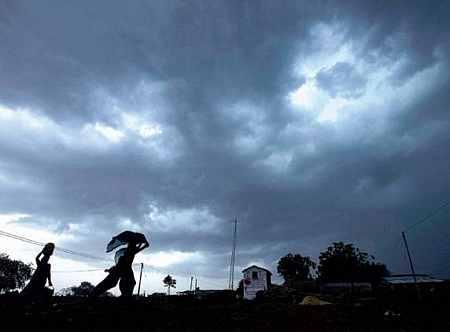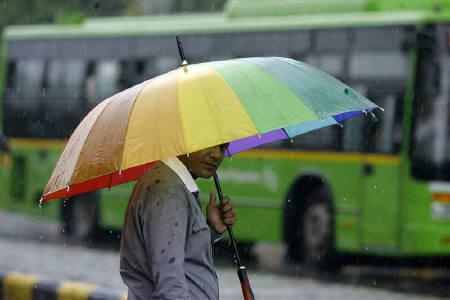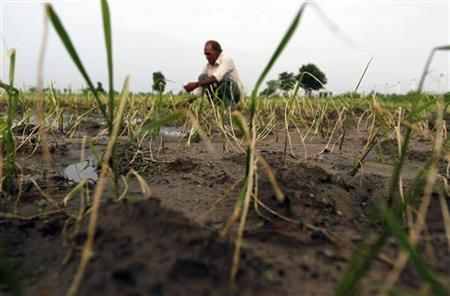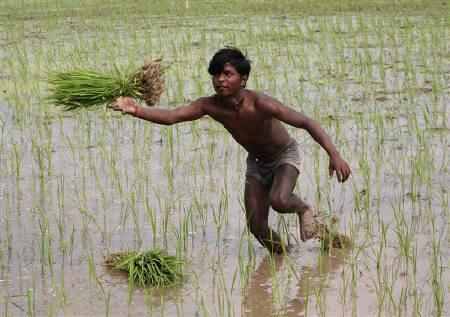
As the kharif sowing season exceeds two months, no crop has managed to reach the normal area of cultivation (average of the past five years), except for sugarcane, cotton and jute.
Though officials said paddy in the eastern parts, and coarse cereals and pulses in other areas, could be sown till August-end, experts believe their output could also be impacted if rains start withdrawing early because of the El Nino effect, the periodic climatic pattern which disrupts normal weather. Its impact is feared this year.
"The problem will be for late-sown crops, if withdrawal starts early due to El Nino. Then, these crops will not have adequate moisture to sustain growth," said Ashok Gulati, chairman of the Commission for Agricultural Costs and Prices.
...

He said if El Nino kicked in around August 15, with the southwest monsoon withdrawing as usual from the first week of September, late-sown crops will be in trouble.
As of last week, sowing of paddy was still to take place in many parts of Bihar, Jharkhand, West Bengal and Assam, while it was almost over in Punjab, Haryana and Uttar Pradesh.
Overall, according to the ministry of agriculture, the area under paddy was 819,000 hectares (ha) less than the normal area till last week, about four million ha less in coarse cereals and 1.83 m ha less in pulses.
...

"In pulses and coarse cereals, sowing can continue for some more time and it is not much affected by low rainfall but the problem will be paddy, as it needs continuous watering," another expert said.
In southern India, they get rain twice in a year, so even if kharif sowing is less, there is a chance to recover it in rabi, said P K Joshi, South-Asia director of the International Food Policy Research Institute.
In the August 1-8 week, the monsoon was just one per cent below normal, narrowing the overall deficiency in rainfall to 17 per cent from the earlier 20 per cent.
...

In a related development, Union agriculture minister Sharad Pawar and rural development minister Jairam Ramesh went on a tour of drought-hit districts in Punjab, Haryana and Rajasthan.
Earlier, they'd similarly toured areas in Maharashtra, Karnataka and Gujarat. They're expected to give a report to the Empowered Group of Ministers on drought this week.